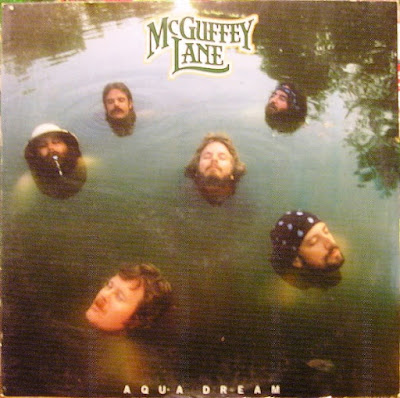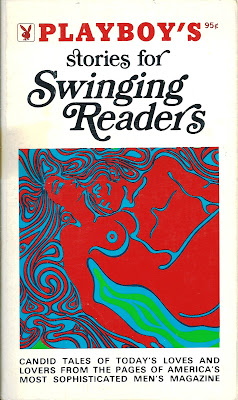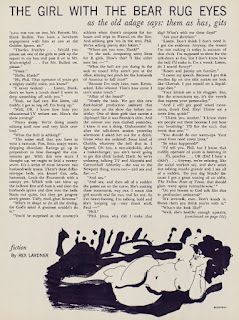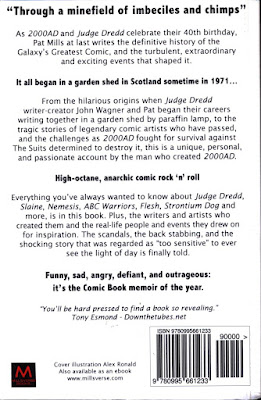Book Review:
'Be Pure !
Be Vigilant !
Behave !'
2000 AD and Judge Dredd: The Secret History
by Pat Mills
One super-fan would come into IPC HQ at Kings Reach Tower, and patiently explain to me at great length where I was going wrong, why I needed the benefit of his expert advice and why 2000 AD should be more like Heavy Metal or Metal Hurlant. I’m so glad I didn’t take his advice because I understand he ended his days sleeping under a railway viaduct.
‘Be Pure ! Be Vigilant ! Behave ! 2000 AD and Judge Dredd: A Secret History (255 pp.) was published by Millsverse Books in 2017.
Pat Mills (b. 1949) is of course one of the most well-known representatives of the comic book business in the UK and one of its more iconoclastic figures. As the above quotation shows, excessive modesty and humility are not in particularly abundant supply in the pages of ‘Be Pure !’, which chronicles Mills’s career in comics from the early 1970s up to 2017, the 40th anniversary of the first issue of 2000 AD.
The book consists of brief chapters, arranged in a loose chronological order. Things start in 1971, when Mills and fellow talent John Wagner were living and working in Scotland for D. C. Thompson and its lineup of romance and humor titles. The narrative then moves to London, where Mills was involved with Battle Picture Weekly and Action before being asked by IPC in 1976 to launch a science-fiction title, one capable of exploiting the anticipated boom in the genre associated with the release of an American film called Star Wars.
That sci-fi comic was of course 2000 AD and, as they say, the rest is history.
Mills rightly devotes considerable space to his work developing 2000 AD and his collaborations with other artists and writers to create the memorable characters that made the comic so successful when it launched in February 1977. These are the book's most interesting chapters.
Subsequent chapters describe Mills’s freelance career writing for additional 2000 AD comics, such as Crisis, for which he created ‘Third World War’. Mills also offers vignettes about working for American publishers Marvel and DC; his involvement with the indie comic Toxic in the early 1990s; and his partnership with the French artist Olivier Ledroit on the title 'Requiem: Vampire Knight'.
Throughout ‘Be Pure !’ Mills, as one might expect, freely expresses his opinions about the comic book industry in the UK and its faults (which, as Mills sees them, are myriad). Mills regards anyone who interfered with his creative vision as a cretin, and thus, former 2000 AD editors Steve McManus, Alan MacKenzie, John Tomlinson, and David Bishop (among many others) all are the targets of his animadversions.
Mills’s ongoing antipathy (which has reached pathological levels,
in my opinion) for the De La Salle Order and its former faculty at his grammar school,
St. Joseph’s College in Ipswich, also comes in for treatment in the pages of ‘Be
Pure !’. It seems that the De La Salle Order members Brother James and Brother Solomon, as Mills
refers to them, were the inspirations both for Dredd, and 'Torquemada' from 'Nemesis the
Warlock'.
Mills, who is a Marxist (a de rigueur stance for almost all of those members of the British intelligentsia who do comics, science fiction, and other pop culture media), also takes pains in the book to present himself as a friend and champion of the Oppressed Proletariat. Make no mistake, dear reader: Mills is a man who diligently has used the comic book medium to advocate for the rejection of the status quo, the repudiation of Fascism, and the emancipation of the downtrodden.
This virtue signaling gets a bit tedious at times............
So, who will want a copy of 'Be Pure ! Be Vigilant ! Behave !' ? Well, fans of the early years of 2000 AD certainly will find much to be of interest, as will those who desire an insider's point of view of the British comics scene since the 1970s. I do recommend that Mills's book be read in conjunction with viewing the 2017 documentary Future Shock! The Story of 2000 AD in order to obtain a more ...........rounded, shall we say, overview of the franchise.



























































